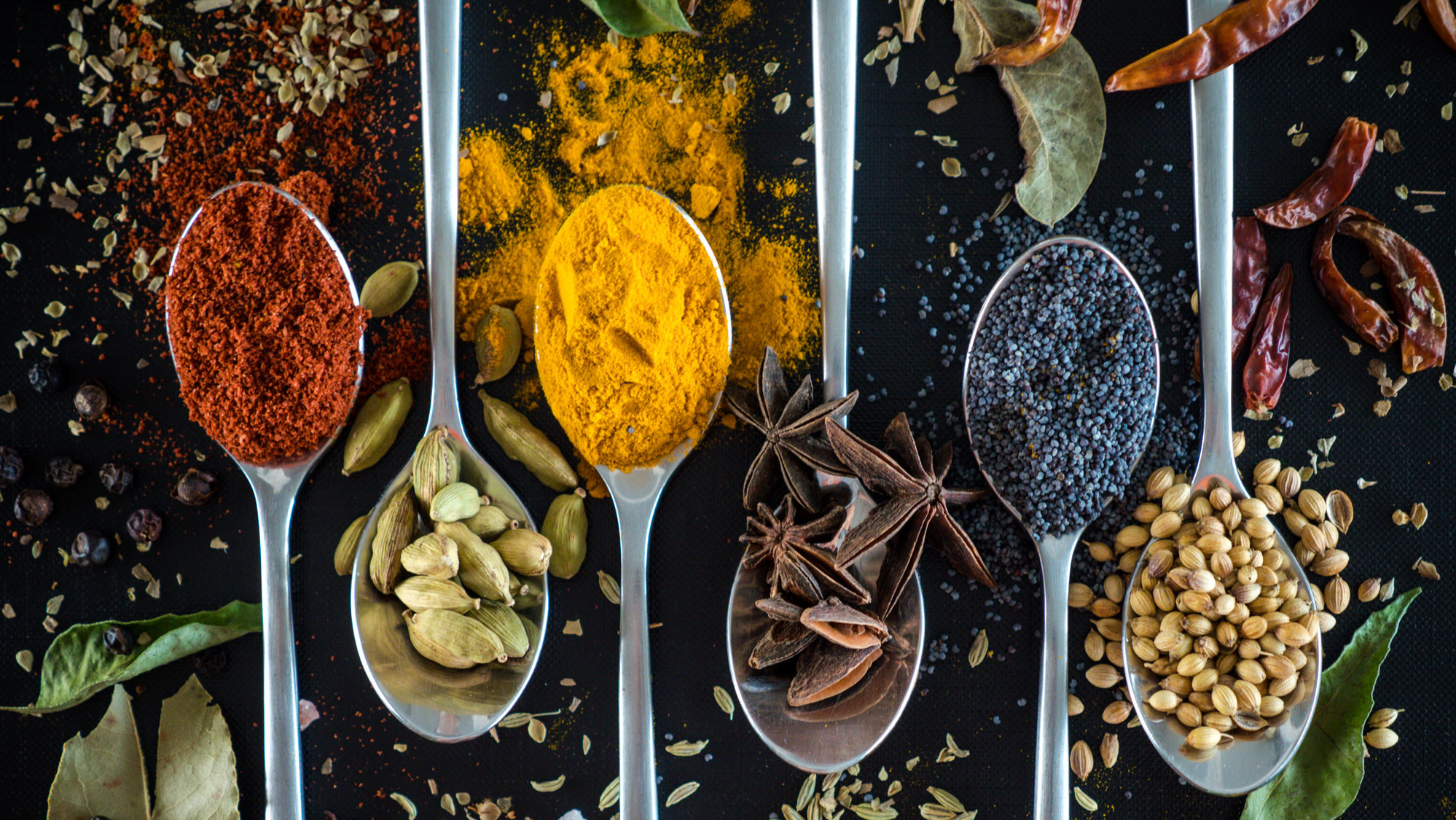How Can I Tell If My Spices Are Fresh?
Let's just cut right to the chase: your spices aren't fresh. In fact, thanks to how the international spice trade operates, they were probably a couple of years old even before they were packaged and entered the retail distribution cycle.
The problem lies in the fact that when spice producers either grow or forage for their products there isn't much incentive to sell them quickly, as the market is flooded with product at harvest time, lowering prices. So, to compensate, producers (and the wholesalers they sell to) will sit on spices, waiting for the opportune moment to maximize their incredibly slim profits. In fact, "it can take a couple of years for something to go from the harvest to the jar, because the process of consolidation in the country of origin is really slow and cumbersome," says Ethan Frisch, co-founder of the single origin spice company Burlap & Barrel.
The staleness of your spices is compounded by the fact that, if you're like most people, you purchase spices, use a little bit, and then leave the rest in your pantry for another day. (Or, if you're anything like me, another year.) But just because your spices aren't truly fresh doesn't mean they're useless; all you need to do is make sure they're not stale enough to diminish your cooking.
Thankfully, there are a few things you can do to see if it's time to replace your spices. When you're at the store, look for spices with bright, vivid colors, as that's generally a sign of freshness. If you're buying a spice that even under the best circumstances isn't particularly colorful (such as ground cumin), at least make sure that the color isn't graying and that spices don't look dusty (which is to say, graying or with significantly diminished color, and with a more brittle or powdery texture than normal).
If you're buying spices in bulk, or are evaluating spices already in your cupboard, give them a sniff. Frisch says that when you take the lid off of a jar you should immediately smell the contents; if you have to stick your nose inside to get at the aroma, your spices are stale. And as with sealed spices, color can tell you a lot. If your spices look gray or dusty, they're stale. If you stick a spoon into the middle of the jar and the inside is a more vibrant color than the top and sides, guess what? Your spices are stale.
As for whether you should replace truly stale spices, the answer is yes. Simply using more won't make up for their lack of intensity, and any off flavors resulting from sitting around will definitely impact your finished dish. Stale spices can also be texturally unpleasant, with a dusty, brittle, or grainy characteristic, depending on the spice.
For the best quality, skip supermarket brands and buy from a local or reputable spice company (like Burlap & Barrel). The best companies will identify where their spices come from, in terms of both country and region. Make sure your spices look good, have a strong aroma, and aren't dusty. And while expiration dates aren't useful, pack-by dates at least tell you when a bottle was sealed, which indicates how long it's been sitting on a shelf (but not how old the spices actually are).
